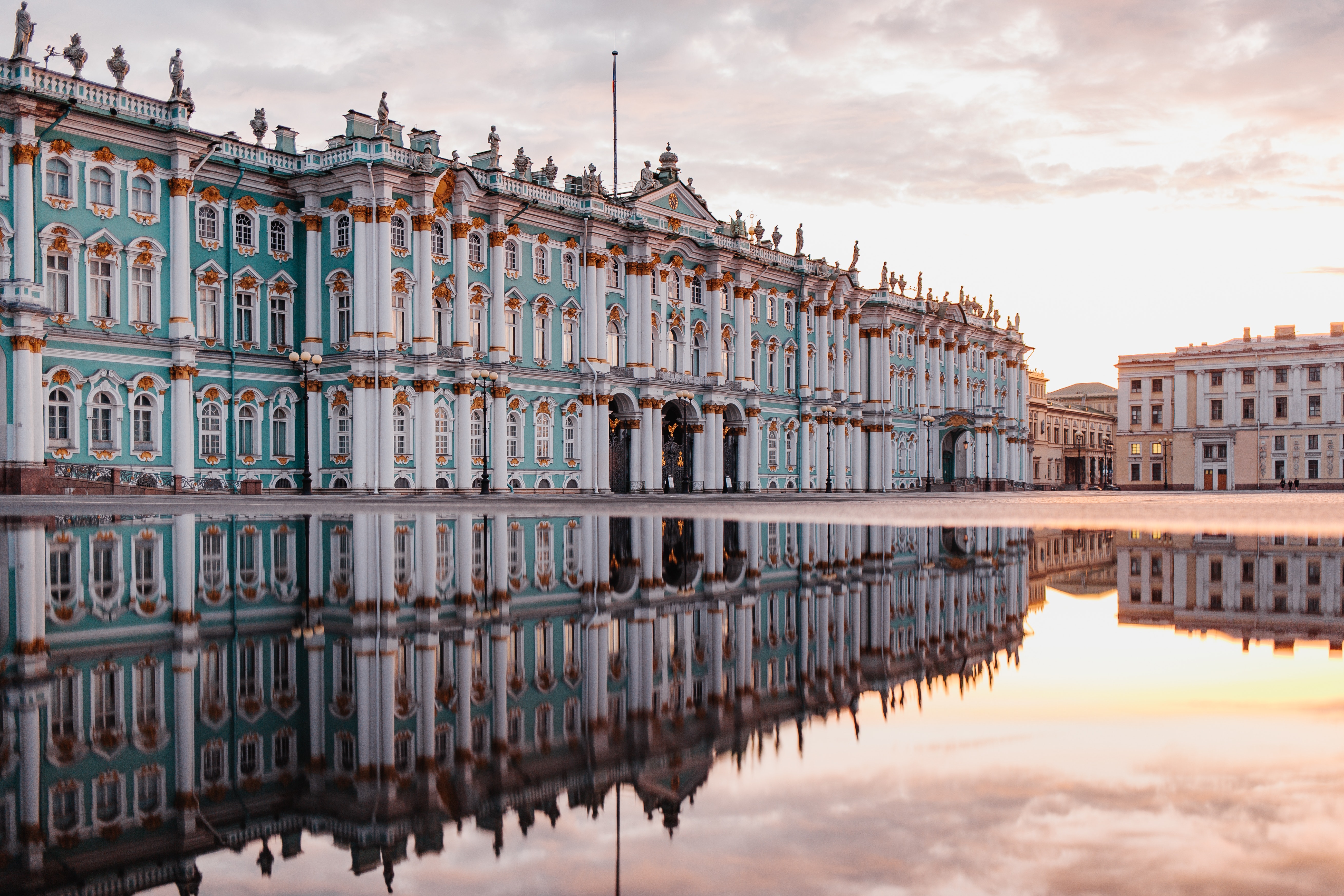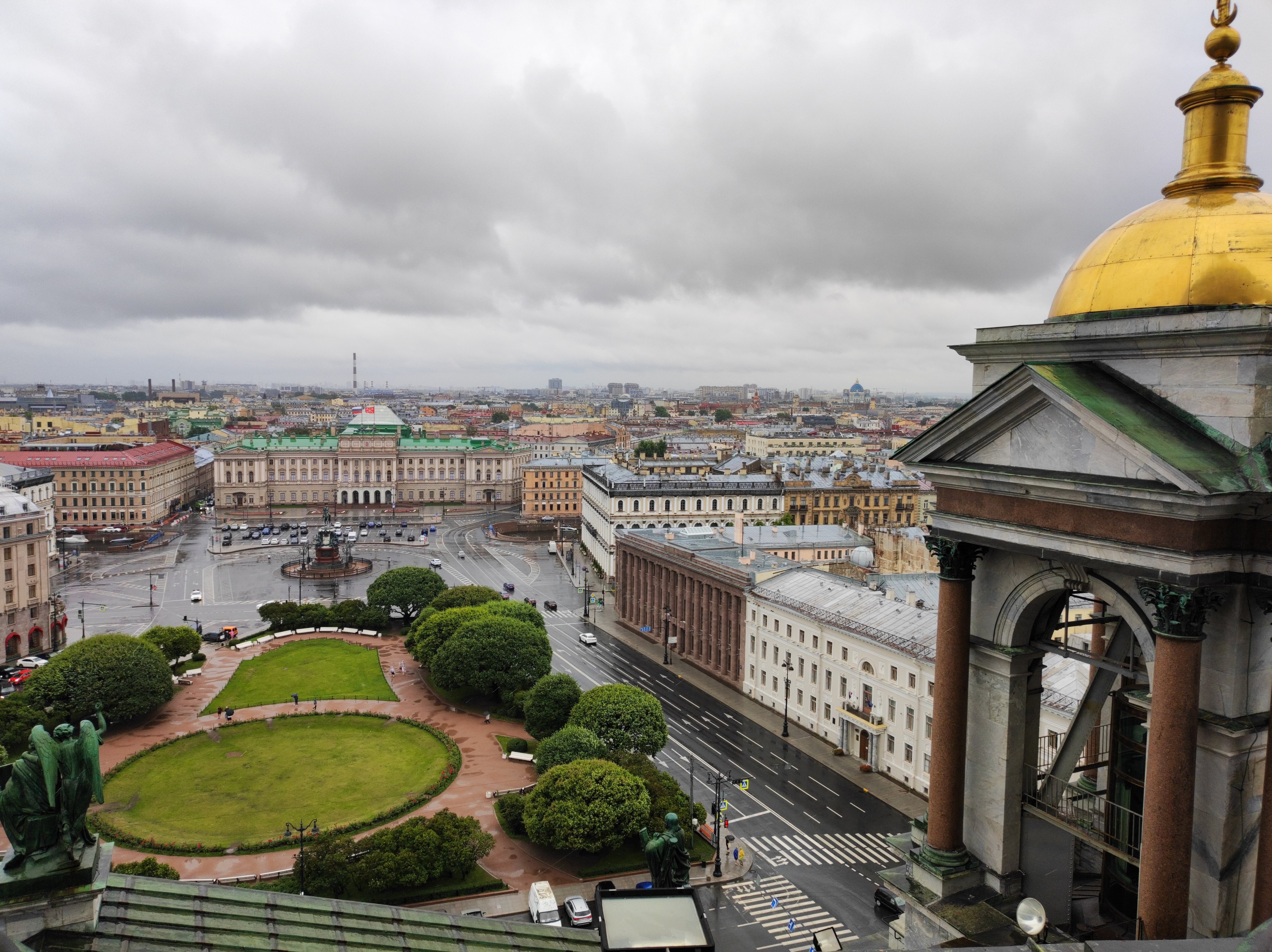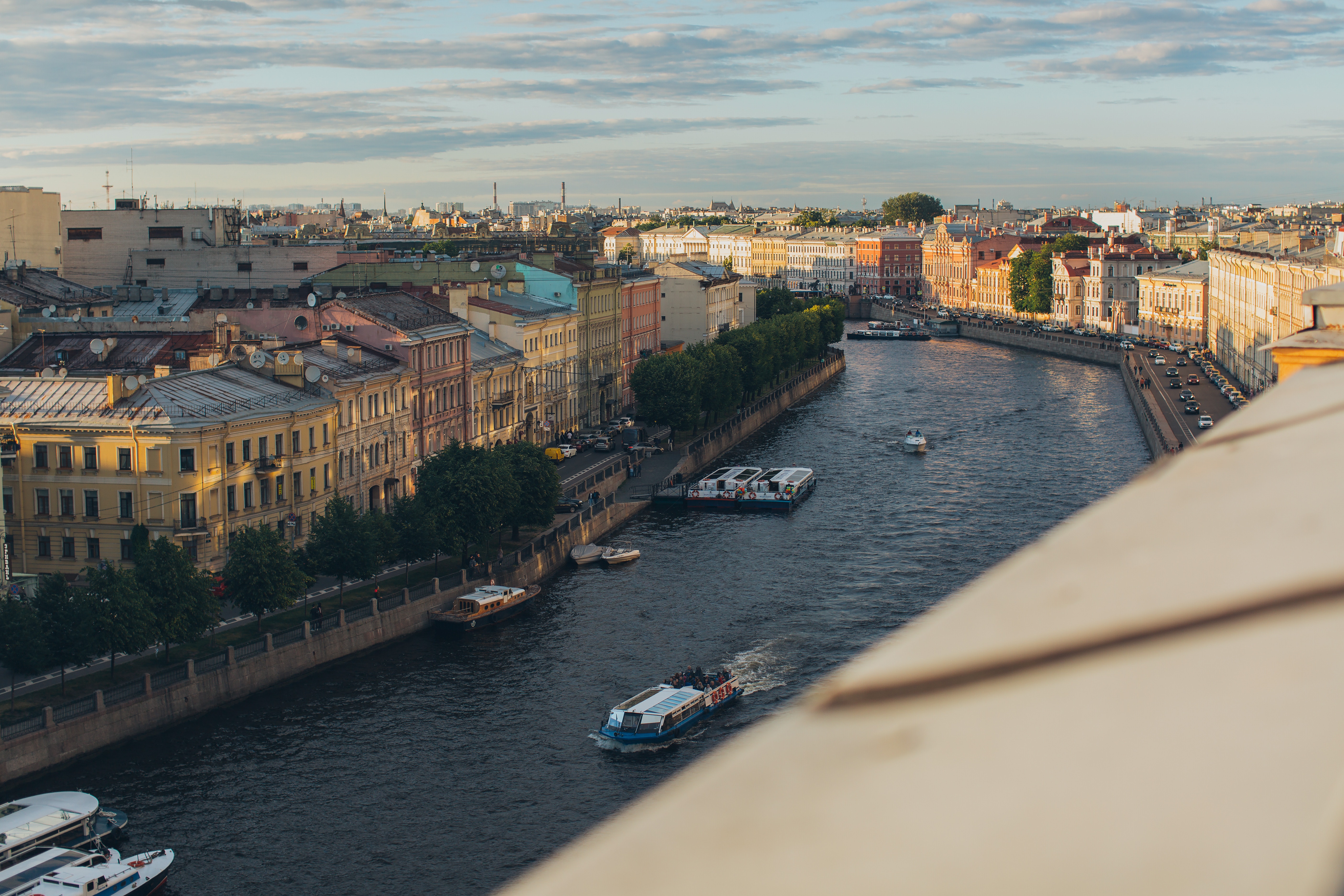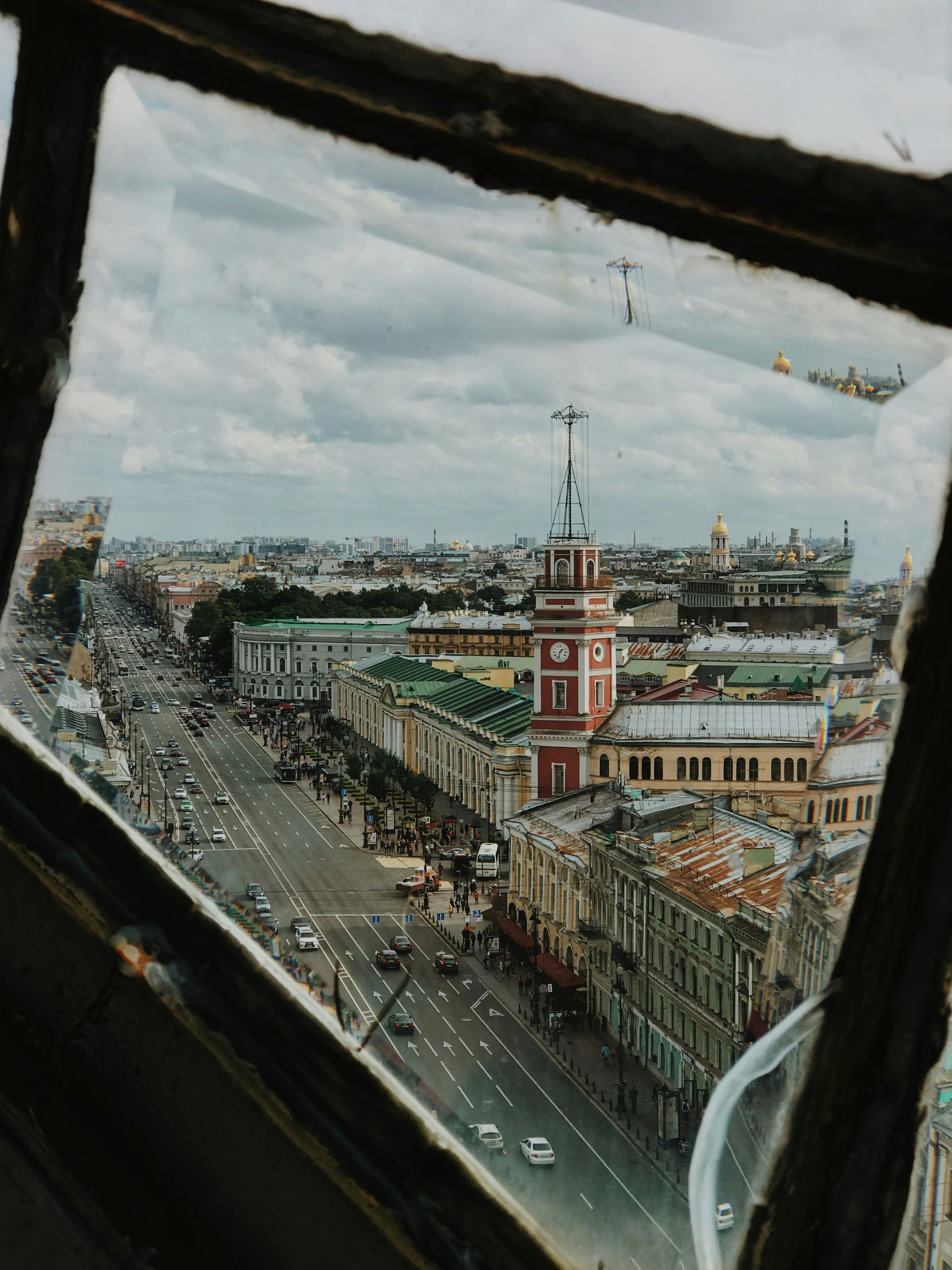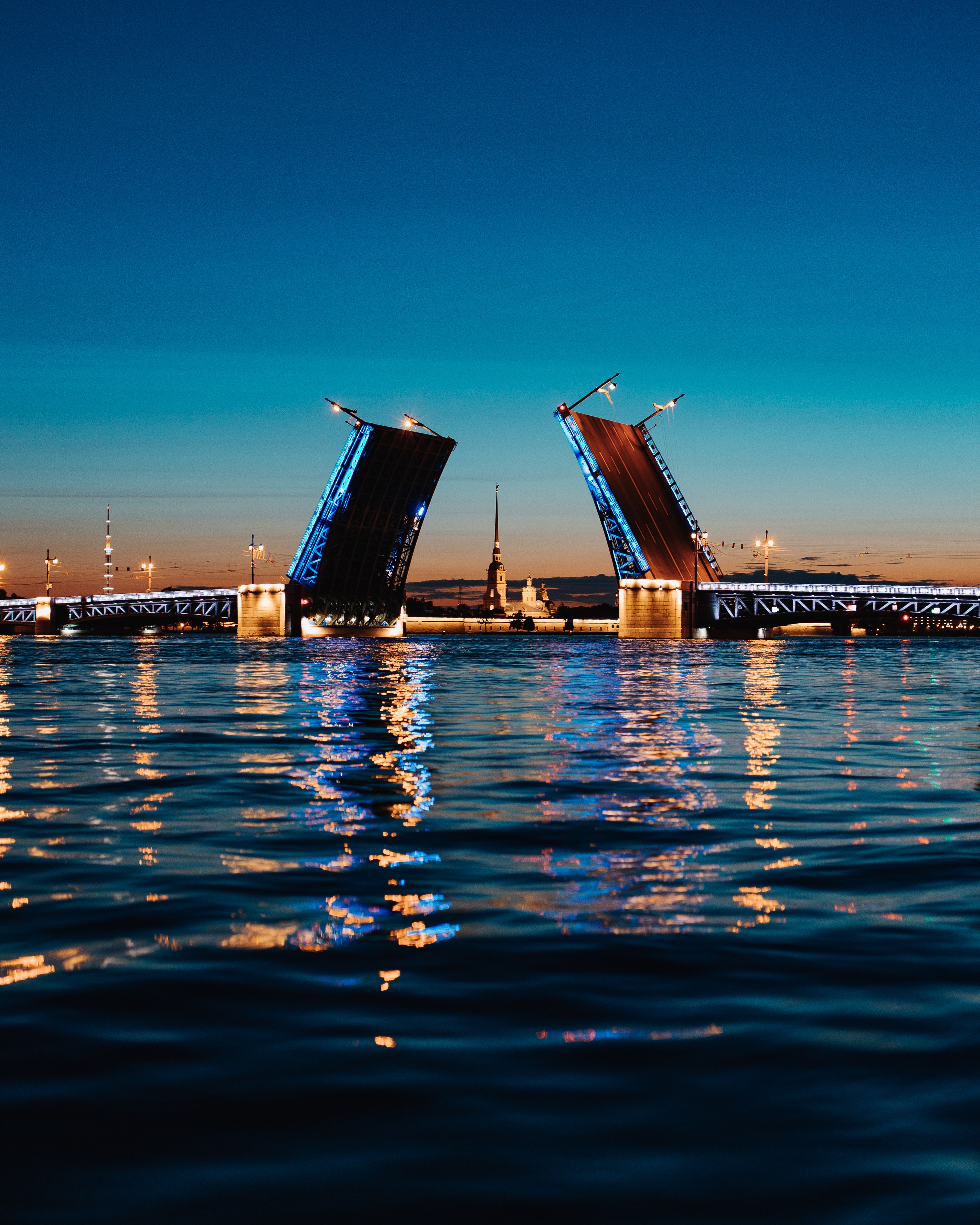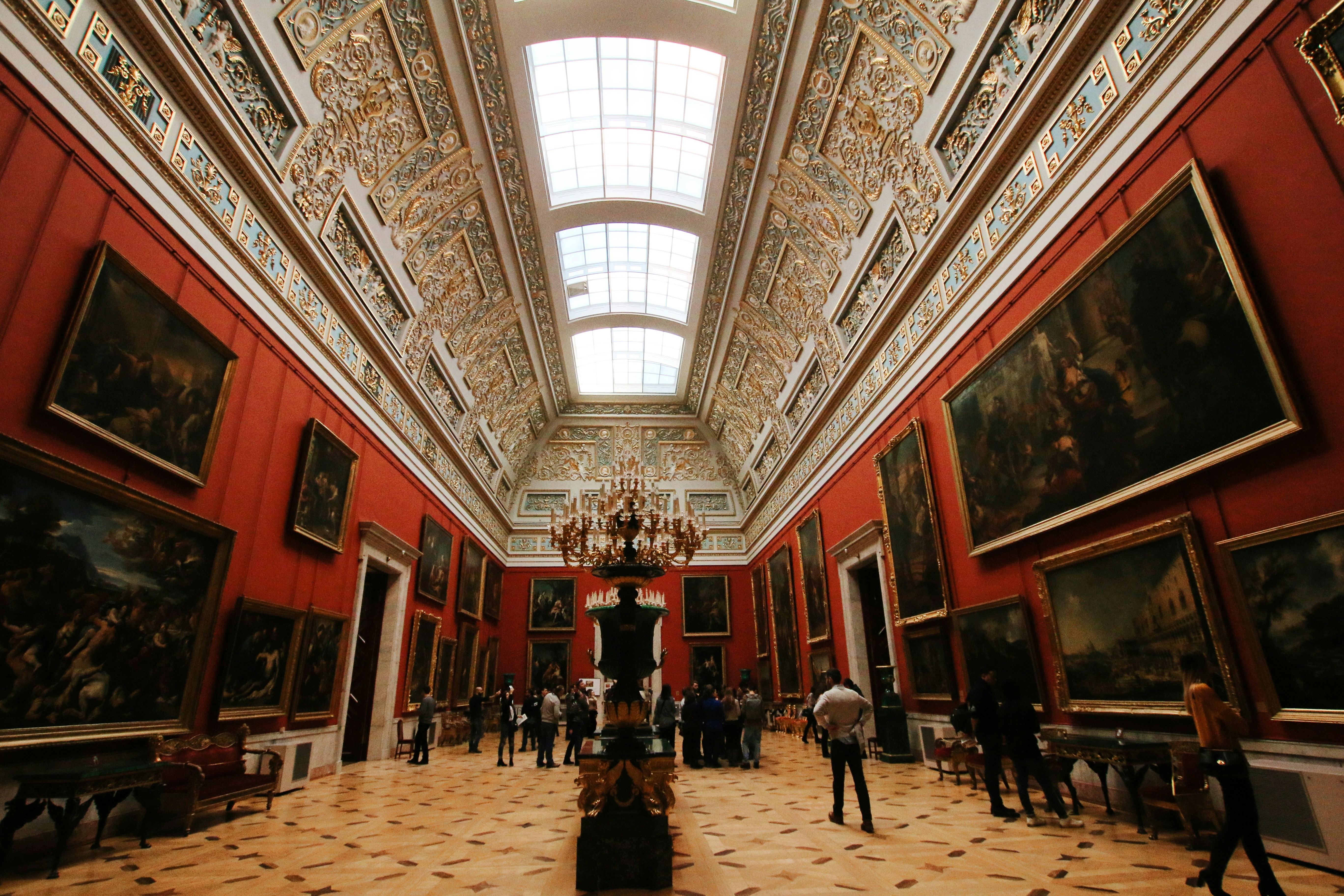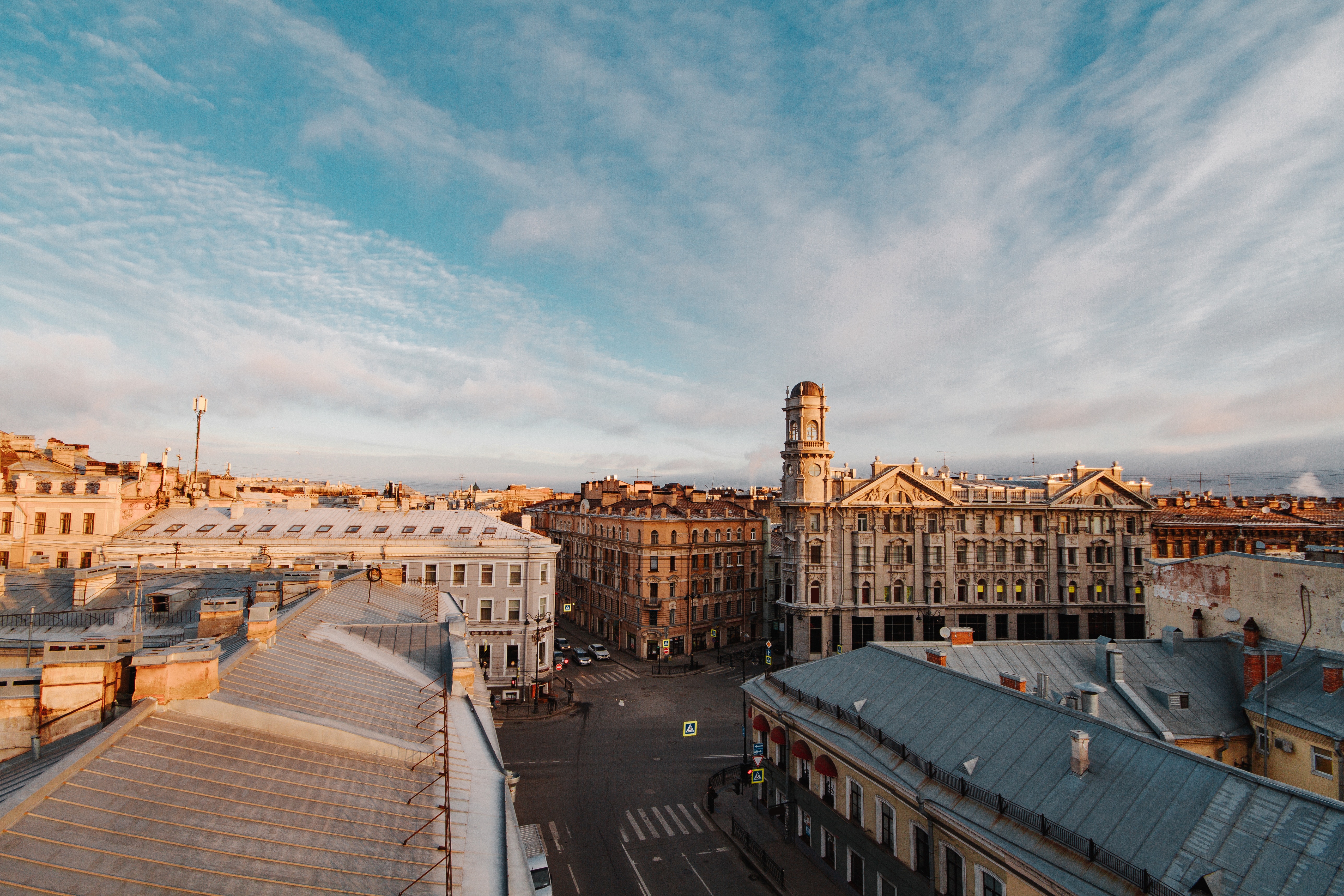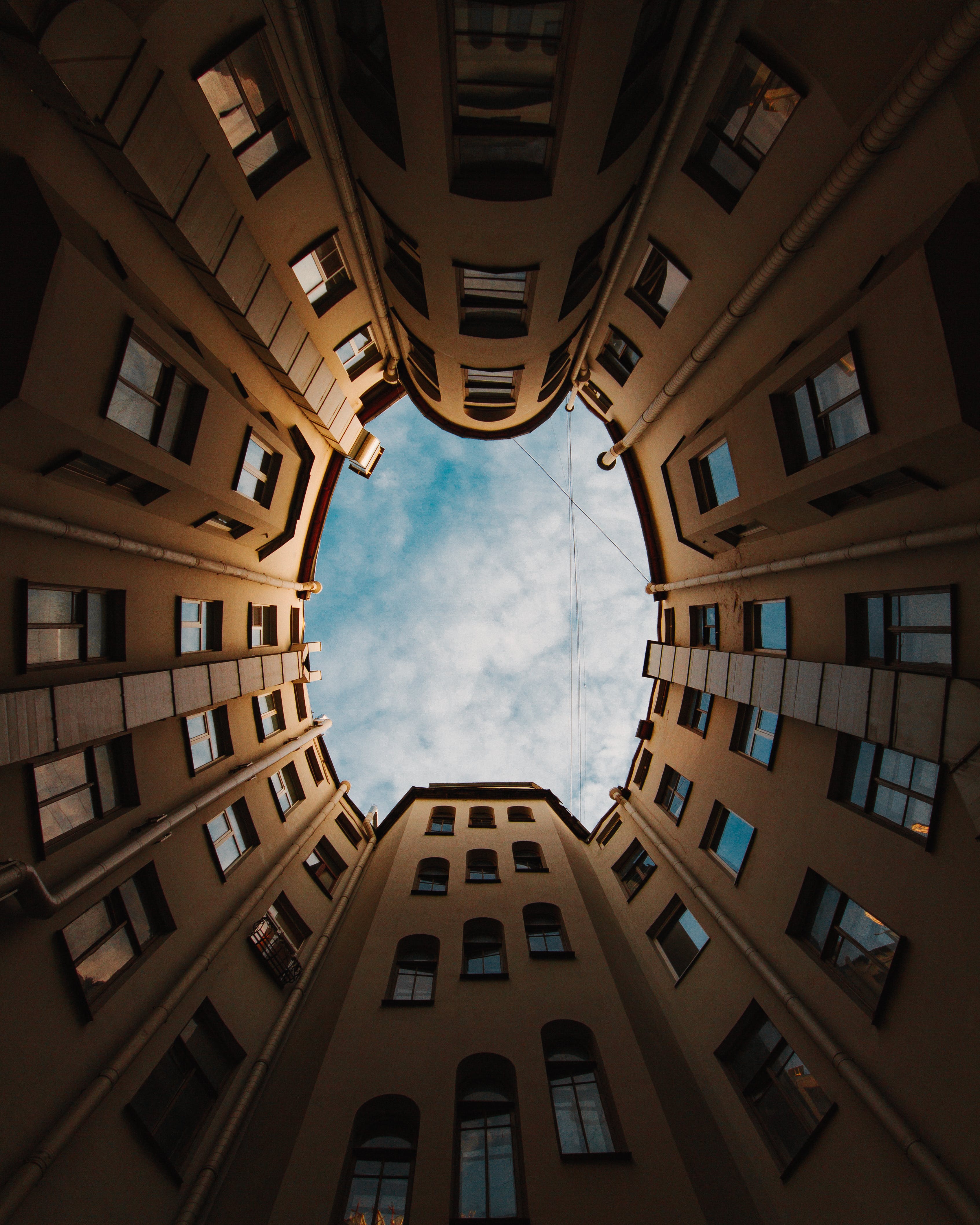Staying in St. Petersburg
General information
St. Petersburg, Russian ‘Sankt-Peterburg’, formerly (1914–1924) Petrograd and (1924–1991) Leningrad, city and port, is located in the delta of the Neva River, at the head of the Gulf of Finland. Founded in 1703 by Tsar Peter I (the Great) as Russia’s ‘window to Europe’, it bears the unofficial status of Russia’s cultural capital. Often referred to as a ‘Venice of the North’ due to the bridges and natural canals of the Neva river, St. Petersburg is a mecca of cultural, historical, and architectural landmarks. Architecturally, harmonious mix of western European and Russian architecture ranks St. Petersburg as one of the most splendid and congenial cities of Europe.
History
St. Petersburg has played a vital role in Russian history since its founding in 1703. For two centuries (1712–1918) it was the capital of the Russian Empire. The city is remembered as the scene of the February and October Revolutions of 1917 and for its fierce defense while besieged during World War II. Its historic district was designated a UNESCO World Heritage site in 1990. After the collapse of the Soviet Union, St. Petersburg imbibed a new energy as crumbling facades, potholed roads, and cultural landmarks were renovated.
Climate
The mitigating effect of the Atlantic Ocean provides St. Petersburg with a milder climate than might be expected for its far northern site. Nevertheless, winters are rather cold, with a mean January temperature of about 21 °F (−6 °C). Summers are moderately warm, with an average temperature of 65 °F (18 °C) in July. The air is rather humid, at the weather can be cloudy or rainy. On average, St. Petersburg gets 75 sunny days per year. Here are some ideas about what to wear in Russia.
Currency and cost of living
The Russian ruble or rouble (Russian: рубль [rublʹ]; руб.; RUB) is the currency of the Russian Federation. The best way to get a hold of rubles is to directly withdraw them from an ATM. It could be somewhat difficult to estimate how much it might take to cover one’s living expenses. It depends on many aspects, including basic needs and habits. The average cost of living in Saint Petersburg varies depending on the residential district, which directly affects the cost of rent, use of transport, types of local shops and supermarkets, cafes and restaurants, museums and theatres. The average cost of living in Saint Petersburg could be found here. Remember to account for the cost of consular visa fee, medical examination, visa prolongation fee, accommodation.
Transportation
Buses, trolleybuses, tramways circulate all over the city. Typically, there is no fixed schedule, and you can check when your bus is coming using Yandex Maps. Saint Petersburg underground system − metro − is one of the deepest and most stunning in the world. Monthly tarrifs for students will make city transport more affordable. HSE buildings are all located 10-20 minutes away from the nearest metro station. Taxi is available in official apps, such as Yandex Go.
Have you spotted a typo?
Highlight it, click Ctrl+Enter and send us a message. Thank you for your help!
To be used only for spelling or punctuation mistakes.
